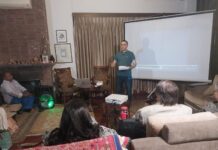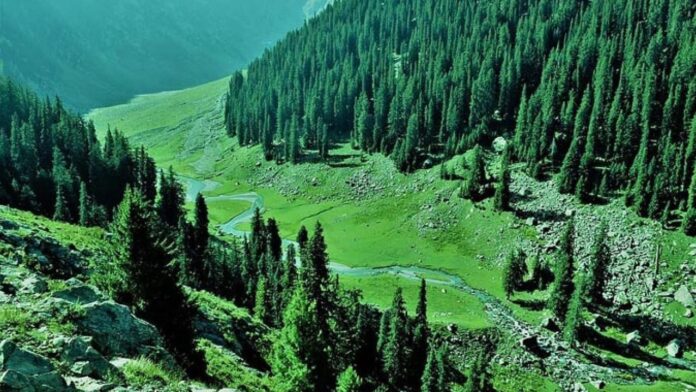LAHORE: The Parks and Horticulture Authority (PHA) has announced the implementation of geotagging for trees in urban forests, parks, green belts, and cities. PHA, in collaboration with the Punjab Information Technology Board (PITB), has introduced a mobile application called “Re-Green Lahore” specifically designed for tree geotagging.
To ensure the successful deployment of this initiative, horticulture directors and field supervisors received training sessions at the PITB headquarters. The training was provided by expert PITB and Deputy Director of PHA Hassan Haq, empowering officers with the knowledge and skills required for efficient use of the mobile application.
The mobile application assigns geotagging tasks to officers and relevant in-charges across all zones. Consequently, the respective in-charges of PHA will geotag both existing and newly planted trees, creating an extensive and accurate record of the tree population.
An official of PHA informed this scribe that the decision to make the Geographic Information System (GIS) tree mapping data public comes with numerous advantages. “Firstly, it fosters transparency and accountability in tree management practices by allowing the public to access and view information about the location, species, and health of trees in their area. This increased transparency helps prevent illegal tree cutting or unauthorized removal of trees and ensures responsible practices,” he said.
“Moreover, public access to GIS tree mapping data encourages community engagement in tree conservation efforts. Residents can actively participate by reporting tree health issues, suggesting maintenance or planting initiatives, and monitoring the progress of tree-related projects. This level of involvement instills a sense of ownership and responsibility in the preservation of urban forests and green spaces,” he added.
The official believes that the availability of GIS tree mapping data also proves invaluable in urban planning and decision-making processes. City planners, policymakers, and researchers can utilize this information to assess the distribution and density of trees, identify areas with low tree cover, and make informed decisions regarding tree planting initiatives and urban development projects. By incorporating this data, authorities can ensure sustainable urban development while preserving and enhancing green spaces.
“Furthermore, GIS tree mapping data enables effective monitoring and management of urban forests. Authorities can analyze the data to identify areas with high tree mortality rates, detect disease outbreaks, and implement targeted interventions for tree care and maintenance. This proactive approach ensures the health and longevity of the urban tree canopy, thereby creating a greener and healthier environment for all,” he said.
He also informed that the availability of public GIS tree mapping data also promotes research and educational opportunities.
“Scientists, environmentalists, and students can utilize this data to conduct studies on urban ecology, climate change mitigation, and the impact of trees on air quality and biodiversity. This not only enhances our understanding of the benefits of urban forests but also encourages further research and innovation in the field,” he concluded.























